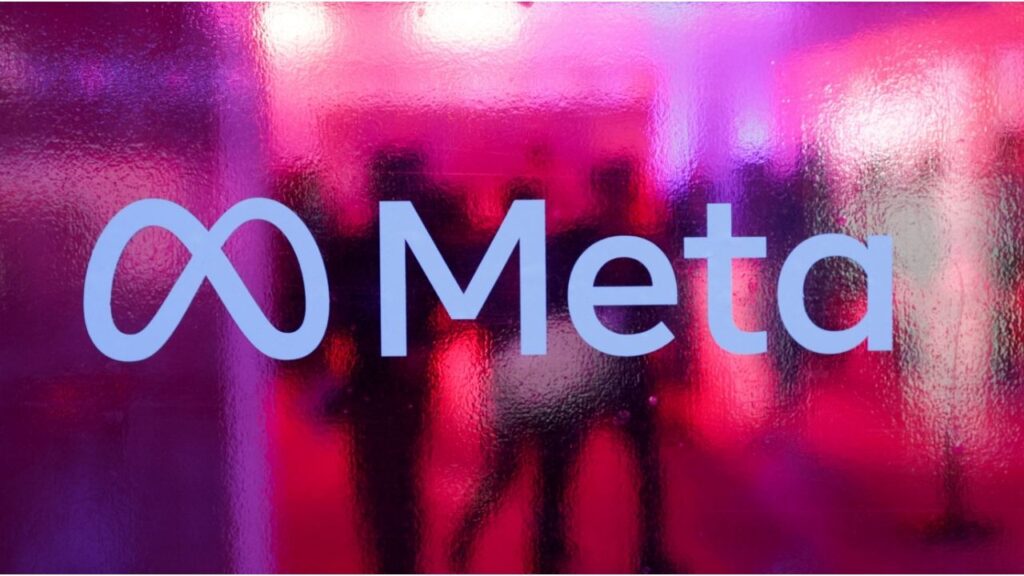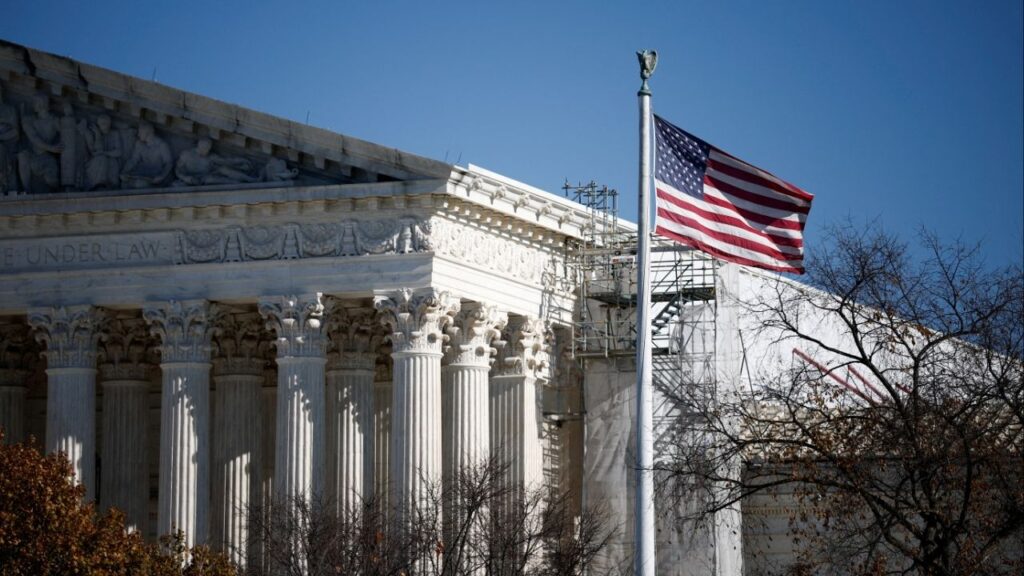Share
As lifelong residents of this great Valley, we have had the pleasure of helping to clean the air and improve the health of our families, friends, and neighbors in two of the state’s most underserved communities.

Christina Fugazi

Alvaro Preciado
Opinion
Our role as city representatives to the Governing Board of the Valley Air District is amongst our most important work during our many years in public service.
Through major investments and hard work by Valley businesses, agriculture, public agencies, and residents to reduce air pollution, the Valley’s air quality has seen remarkable progress — even in the face of our bowl-like geography, frequent stagnation, impacts from trucks and locomotives that traverse the Valley, and significant population and economic growth over the past 30 years.
Given these unique challenges, the San Joaquin Valley must work much harder than other regions to meet the same goals, and for 30 years, the Valley Air District and California Air Resources Board have set the national bar for clean air innovation.
These model air quality programs have been developed through extensive public engagement and range from stringent emissions requirements for industrial and mobile sources, to comprehensive and award-winning strategies for reducing residential woodsmoke, to the only-of-its-kind strategy for eliminating the historical practice of agricultural open burning of orchard and vineyard removals, to nation-leading grant programs such as the highly acclaimed Tune-In & Tune-Up vehicle repair and tractor replacement programs.
Wildfires Pose the Newest Challenge
While major progress has been made in cleaning the air, this progress is at risk and much more must be done to meet our air quality goals. As we have all unfortunately experienced in recent years, wildfire smoke can impact our Valley for weeks at a time, pouring air pollution into our basin in quantities greater than all local sources combined, and instantly wiping out decades of progress.
Due to the Valley’s unique characteristics and increasing impacts from climate change, we must work together as a region with our state and federal partners to double down on reducing air pollution from various sectors under our respective jurisdictions. With the majority of the Valley’s air pollution, near-community toxics impacts, and greenhouse gases coming from mobile sources primarily under state and federal jurisdiction, transformational changes will be needed in how people travel and goods are moved if we are to meet our clean air goals, particularly for our most impacted communities.
Watch: How Valley Air District Is Eliminating Ag Burning
Critical Juncture in the Air Quality Journey
While these challenges are daunting, problems present opportunities, and the Valley finds itself at a critical juncture in its clean air journey. At both the state and federal levels, new budgets and recently approved funding packages contain once-in-a-lifetime levels of funding for a variety of clean air and low-carbon initiatives.
If well designed, these new funds could serve as major accelerants in our transition to the latest and cleanest vehicle and equipment technologies and could show Valley residents that their long-standing concerns and needs are being heard as we work toward equity in our communities.
In the 2022-23 State budget, the Governor and Legislature have allocated billions of dollars to clean air initiatives through the FARMER program, Clean Cars 4 All program, enhanced forest management programs, and a variety of new zero-emission vehicle voucher programs.
At the federal level, the recently enacted Bipartisan Infrastructure Law and Inflation Reduction Act contain hundreds of billions of dollars for a variety of programs aimed at reducing air pollution and carbon emissions in the agricultural and forest sectors, freight sector, passenger vehicles, fueling infrastructure, home and commercial building sectors, and more.
To be clear — given the Valley’s track record of innovation and tremendous opportunities, these unprecedented funds should be prioritized for regions with air quality challenges like ours, and invested into the cleanest, sustainable agricultural practices, freight technologies, passenger vehicles, off-road equipment, and clean fueling infrastructure to accelerate our transition into a cleaner future.
Community Participation Is Critical to Success
In making these investments, it will be imperative that community perspectives are heard to ensure that communities are not left behind. Additionally, these investments must be coupled with strong federal collaboration and commitment to equitably reduce air pollution from sources under their regulatory jurisdiction.
As residents and locally elected representatives of our communities, we look forward to supporting strong clean air partnerships with our stakeholders and partner agencies and continuing to improve the quality of life for our communities.
You can get more involved in Valley clean air efforts by visiting the Valley Air District website, reading the latest annual report, and taking advantage of available clean air grant opportunities.
About the Authors
Vice Mayor Christina Fugazi is a lifelong resident of the San Joaquin Valley and serves on the Stockton City Council and the San Joaquin Valley Air Pollution Control District Governing Board.
Mayor Alvaro Preciado is a lifelong resident of the San Joaquin Valley and serves on the Avenal City Council and the San Joaquin Valley Air Pollution Control District Governing Board.
RELATED TOPICS:
Categories

MAHA Activists Urge Trump to Fire His EPA Administrator

Meta Strikes Multiple AI Deals With News Publishers

















